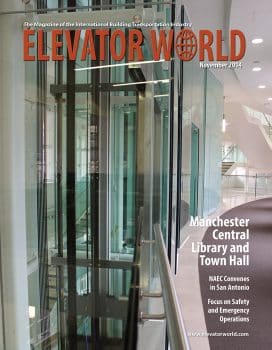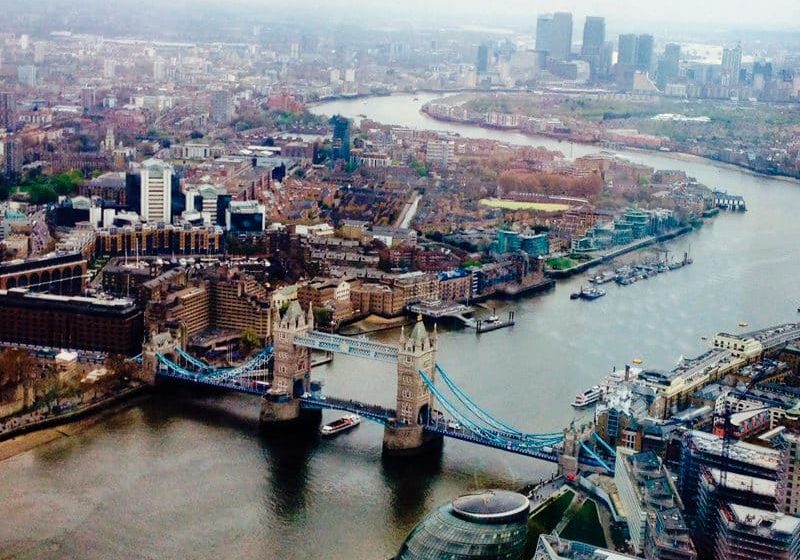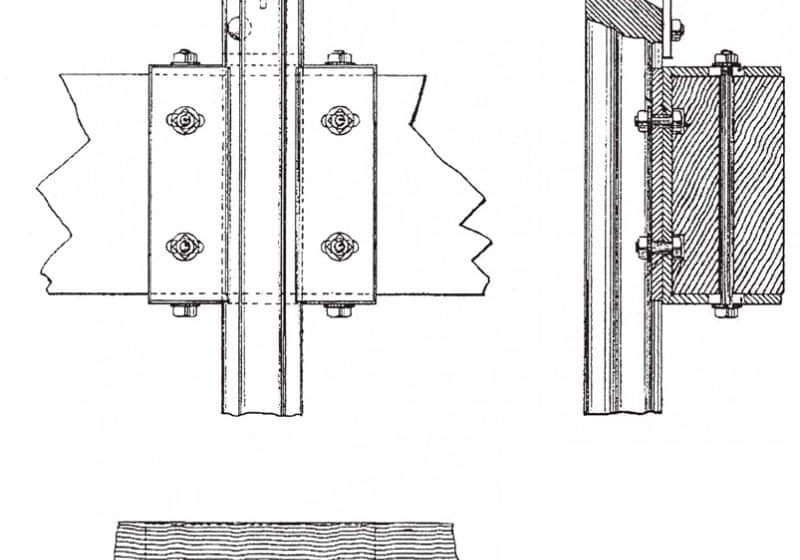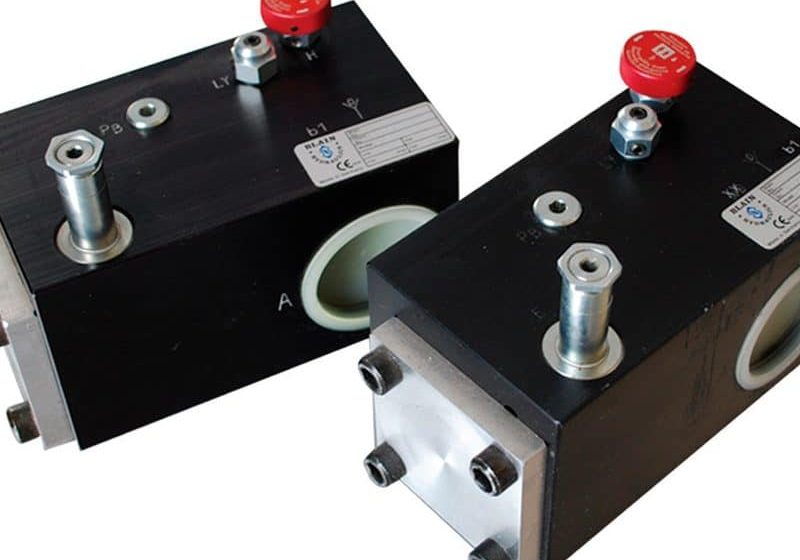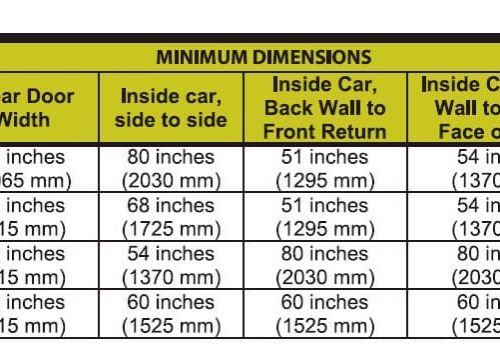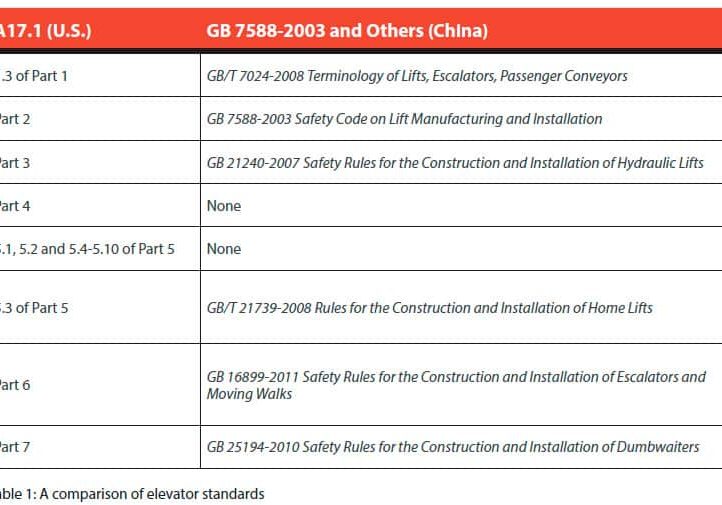Companies Thriving in China
Nov 1, 2014
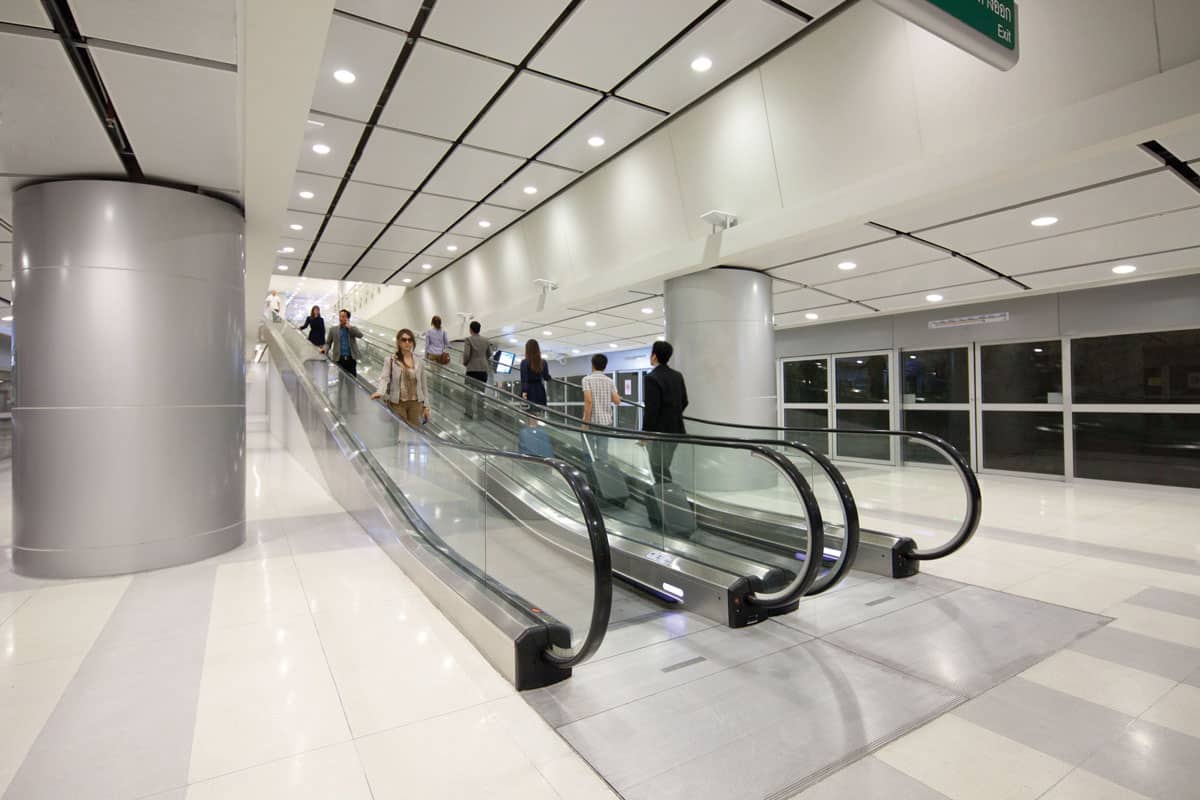
Mitsubishi Electric, Symax, ThyssenKrupp Elevator and others are succeeding in the world’s largest vertical-transportation market.
Mitsubishi Electric Expands Facilities, Capacity in China
Mitsubishi Electric’s Chinese subsidiary Mitsubishi Electric Shanghai Electric Elevator Co. (MESEE) is spending more than US$21 million to expand its facilities in China, with a goal to double production to 20,000 units annually. In July, MESEE opened a US$6.5-million, 6,300-m2 factory focusing on elevator hall equipment, and by July 2015, it plans to open additional facilities to include a 25,500-m2 factory, development/engineering center and test tower. The investment in that portion of the expansion, which will bring MESEE’s Shanghai presence to four factories, is US$14.7 million. MESEE, which produces MAXIEZ elevators, notes China is the world’s largest consumer of elevators, with annual demand exceeding 500,000 units. That is expected to grow as urban development moves inland from coastal areas.
Elevators Gateway to China for Japanese Firms
According to The Japan News, three major Japanese electronics manufacturers have boosted their presence in China through their elevator businesses. Approximately 60% of the elevators produced worldwide are being delivered to China for its growing number of high rises. To compete there with their U.S. and European rivals, Japanese companies have stressed their products’ ride quality and safety, in addition to their high speed, the source noted. Mitsubishi Electric, Toshiba and Hitachi are the Japanese elevator companies most avidly sought for this technology.
“We want to increase orders for our products further by taking advantage of our product credibility and brand power,” Shoichi Adachi, chief of Mitsubishi Electric’s overseas sales section, said of the Chinese interest.
By using railway-vehicle manufacturing technology, Hitachi has designed a capsule-shaped car intended to minimize air resistance. Mitsubishi Electric has developed a hoist mechanism for elevator cars based on a floppy-disk drive motor. Each company holds approximately 15% of the Chinese elevator market. The number of elevators delivered worldwide in 2013 totaled approximately 760,000, or 1.6 times the level of four years ago. It is expected to rise another 20% this year.
Chinese Sales, Marketing Strategy Drives Symax Earnings
A shift in marketing and sales strategy to focus on Chinese government housing projects and new construction in emerging Chinese cities is behind significant increases in profit, income and earnings for Symax Lift (Holdings) Co. Ltd. during the second quarter of 2014, versus the same time period last year, the company reports. Gross profit increased 115% to US$4.7 million, net income 460% to US$1.7 million and earnings before interest, tax and amortization 236% to US$2.4 million.
Asia-Pacific Metro, Rail Projects Buoy ThyssenKrupp Elevator
ThyssenKrupp Elevator has sold more than 7,000 pieces of equipment (including elevators, escalators and moving walks) to metro and rail projects across the Asia-Pacific region. The company expects the trend to continue as the need for efficient transportation increases along with urbanization. ThyssenKrupp Elevator is also servicing more than 2,600 units in the region’s rail and metro systems. Its biggest market is China, where projects such as 65 escalators on the Beijing Metro Line 15 operated at a nearly 100% availability rate in 2013. Overall, ThyssenKrupp Elevator has supplied approximately 1,000 units to the Beijing Metro.
Additional projects include:
- 329 escalators on Line 14 of the Beijing Metro, with installation scheduled for completion by the end of 2015
- 800 units for the metro system in Chongquing, China
- 888 escalators for the Shenzhen, China, metro, including 137 to be installed in 16 stations by December 2016
- 600 units (as of last summer) for Bangkok’s growing public transportation system
- 275 units along a single route in Seoul’s public-transportation system, as well as a five-year maintenance contract awarded this year
ThyssenKrupp Elevator CEO Andreas Schierenbeck observed:
“With mega, as well as medium-sized, cities across the Asia-Pacific region vying to construct rail systems and alleviate their cities’ traffic congestion, we expect continued growth in this dynamic market segment.”
Activity in Europe
Sematic and Sodimas host events showcasing growth.
Sematic Expands Hungary Plant
September 4 saw the opening of Italian elevator component manufacturer Sematic Group’s new production area in its plant in Nyíregyháza, eastern Hungary. The expansion is to create 25 new jobs, in addition to the existing 170 there. Approximately 50 attendees, including Sematic top management, and representatives of the elevator industry, local government departments and the financial sector, were present at the event.
The new manufacturing hub is dedicated to the production of elevator doors for a wide range of applications, focusing especially on the commodity segment. Sematic reports it will be able to provide standardized products with short delivery times, in addition to engineering services and other solutions. It is also seen as a further step toward the development of a manufacturing, logistics and expertise center for the entire Eastern Europe region.
Roberto Zappa, chairman of Sematic Group, detailed:
“With this investment, we’re reinforcing our European production system, the backbone of our group that [also] includes our plants in Italy and the U.K., which [all] work together in close synergy in order to provide the best mobility solutions to our customers worldwide.”
LIFTEX 2016 Announced, Early Booking Promoted
Early booking rates have been announced for LIFTEX 2016, taking place at the ExCeL London on May 25-26, 2016. Held every three years in London, this event will be the 12th organized by the Lift & Escalator Industry Association (LEIA). For more information or to register, contact LEIA at website: www.liftex2016.com or Exhibition Sales Manager Stephen Ingram at e-mail: [email protected].
Otis Buys U.K. Company, Saving 31 Jobs
Elite Elevators Installations Ltd. of Dartford, U.K., which was insolvent and in the process of restructuring, has been purchased by Otis, preserving 31 jobs, Insider Media Limited reports. Otis purchased the business and certain assets, but not its liabilities, which remain with Elite under administration. Elite was founded in 1997, and its service division was transferred to Otis in 2012.
KONE Ranked Highly Again, Notes Big Project
KONE was ranked 42nd out of 100 on Forbes’ “The World’s Most Innovative Companies” list. This marks the fourth year in a row the elevator manufacturer made the list. While it is a few positions down from last year’s ranking overall (ELEVATOR WORLD, October 2013), KONE’s ranking among European companies rose to sixth. It referenced news of its UltraRope™ product being used in Saudi Arabia’s Kingdom Tower as an important development for its business in the past year. KONE is the only elevator and escalator company featured on Forbes’ 2014 list.
French Manufacturer Sodimas Hosts Open House
Sodimas® Elevators, based in Pont-de-l’Isère, France, held its biennial open house October 1-3, at which time it also celebrated 40 years in business and provided tours of its new, 40-m-tall test tower. During the open house, which drew approximately 700 people, the company introduced new products that it says take into consideration innovation, technology, and environmental, architectural and financial factors.
Growth in India
A new plant and escalator installations to further develop infrastructure at railway stations
Mitsubishi Electric Building India Factory
Mitsubishi Electric plans to build an up-to-US$2-billion elevator/escalator factory in Vemagal, India, approximately 60 km from Bangalore, the Deccan Herald reports. The factory will reportedly take shape on 22 acres in what is described as an emerging industrial area. The development occurs on the heels of Mitsubishi establishing Mitsubishi Elevator ETA India Pvt. Ltd. in August 2012 and launching its NEXIEZ-LITE low- to mid-rise elevator line in India in April (ELEVATOR WORLD, June 2014).
Johnson/SJEC To Supply 97 Units to India’s Kochi Metro
A joint venture consisting of India’s Johnson Lifts Ltd. and China’s SJEC Corp. has won the bid to provide 97 escalators at 22 stations that make up Kochi Metro Rail Ltd., The Hindu reports. The units are described as necessary to make the stations more user friendly, particularly for regular commuters and disabled persons, in turn ensuring the system is adequately used.
Eight-Plus Escalators on Tap for Mumbai’s Harbour Line
Mumbai’s Harbour line is planned to see the installation of six escalators by June 2015, The Asian Age reported in September. Comparing the new platforms to those of the Central Railways (CR) mainline station, those in this CR line will be broader, the source wrote. More escalators for additional stations between the Chhatrapati Shivaji Terminus (CST) and Mankhurd were expected to be announced this year, including a projected 17 in suburban CR stations.
The historic CST rail station, built in 1887, is to get escalators itself, linking its entrance and a foot overbridge, The Free Press Journal reports. There are to be two escalators by December. One will be paid for by Central Railway (CR), while the other, leading to CST’s Platform 2, will be financed by Mumbai Railway Vikas Corp. As of the summer, nine stations on the CR had received escalators.
Towers Resembling “Quilted Diamonds” Planned in Australia
A trio of residential towers with a “quilted diamond,” concrete-reinforced glass façade, designed by Iraqi-British architect Dame Zaha Hadid, is being planned on the Brisbane, Australia, riverfront, news.com.au reports. Developer Sunland has already done one successful project in Brisbane and had planned to start demolishing an old television studio on the site in September to make way for the towers, which would range from 22 to 25 stories. According to Sunland, the towers, with their unique façades and tapered bases, will be “unlike anything Australia has ever seen.” The development, Grace on Coronation, would be comprised of 486 apartments, 635 parking spaces and public areas.
Exciting Activity in South America
Buenos Aires to boast tallest tower in Latin America; Rio de Janeiro hosted Green Nation Fest
Tallest Latin American Tower Set for Argentina
Argentine President Cristina Fernández de Kirchner announced the winning proposal for the Cinematography and Audiovisual Tower in September. To be built in Buenos Aires, the 335-m-tall skyscraper would become the tallest building in Latin America, surpassing the 300-m-tall Costanera Center in Santiago, Chile, and a 330-m tower under development in Monterrey, Mexico. Sixty-seven floors and 216,000 m2 of space are planned, including a hotel on the top 13 floors.
Sloping upward like a quarter pipe, the building’s design is “a geometric abstraction that represents Argentina,” according to Kirchner. While the tower is intended to represent the contiguous Argentina, other regions are planned to be represented through a future ferry terminal and multipurpose arena. The project is to be carried out in four stages, with a total investment nearing US$300 million. Financing is coming from the Argentine government and the company Riva SA, which was awarded the project along with MRA+A. Construction is to begin this year and last until 2018.
ThyssenKrupp Elevator Simulates Time Travel in Brazil
ThyssenKrupp Elevator provided visitors to the biennial Green Nation Fest in Rio de Janeiro on September 6-14 with a journey through the city’s urban development via a panoramic elevator simulator. ThyssenKrupp Elevator’s “River Seen from the Sky” exhibit carried visitors among five displays that were part of the Interactive/Sensorial Fair. Featuring seminars, workshops and interactive activities, the inaugural fest in 2012 drew 50,000 people. ThyssenKrupp Elevator participates to bring attention to its companywide focus on the environment, as demonstrated by products such as its regenerative energy system, which is designed to reduce an elevator’s energy consumption by up to 30%.
The Middle East
Large-scale projects planned for Dubai as Saudi Arabia and Turkey lead the way in sustainable construction and planning.
46-Story-Tall Resort Planned on Dubai Archipelago
Bold design looks to return to Dubai after a post-2008 lull in the form of the US$1.4-billion, 46-story Royal Atlantis Resort and Residences, The National reports. Designed by New York’s Kohn Pedersen Fox and developed by Investment Corp. of Dubai on the manmade archipelago Palm Jumeirah, the massive concrete and glass structure features overhangs and sky gardens, as well as a swimming pool 90 m in the sky. It is set to include 800 hotel rooms, 250 residences and retail, and is scheduled for completion by 2017.
UTC-Led Lecture Series Promotes Greener Middle East
Otis and fellow United Technologies Corp. (UTC) company Carrier held their first Distinguished Sustainability Lecture Series in Turkey on September 11. Jeddah, Saudi Arabia, also hosted the lectures, roundtable discussions and green-building training this year. Both events featured lectures from leaders in sustainable construction and planning, including Dr. Nils Kok of Maastricht University in the Netherlands and construction and design expert Valentine A. Lehr.
According to the Providence Journal, Turkey ranks eighth in the number of Leadership in Energy and Environmental Design (LEED®) registered and certified buildings, thanks to a recent construction boom. Meanwhile, Saudi Arabia’s government has given all businesses a five-year deadline to meet new air-, water- and noise-pollution standards. The Saudi Gazette reports a US$26-billion investment in green building projects, in addition to the Ministry of Islamic Affairs’ plans to make at least 90,000 mosques across the kingdom ecologically friendly. The new standards will apply to 170 projects overseen by the Saudi Green Building Forum. In the Jeddah lecture series, participants had the timely opportunity to obtain LEED training.
John Mandyck, chief sustainability officer, UTC Building & Industrial Systems, expounded:
“Turkey and Saudi Arabia have already shown strong interest in strengthening their green building presence. We hope our discussions here this week will help further drive advancements and shape the decisions made for years to come.”
The lecture series was launched in the Middle East in 2011. It has since reached more than 2,500 professionals through 22 lectures in Brazil, China, India, Kuwait, Malaysia, Oman, Qatar, Saudi Arabia, Singapore, Thailand, Turkey and the U.A.E.
Get more of Elevator World. Sign up for our free e-newsletter.

